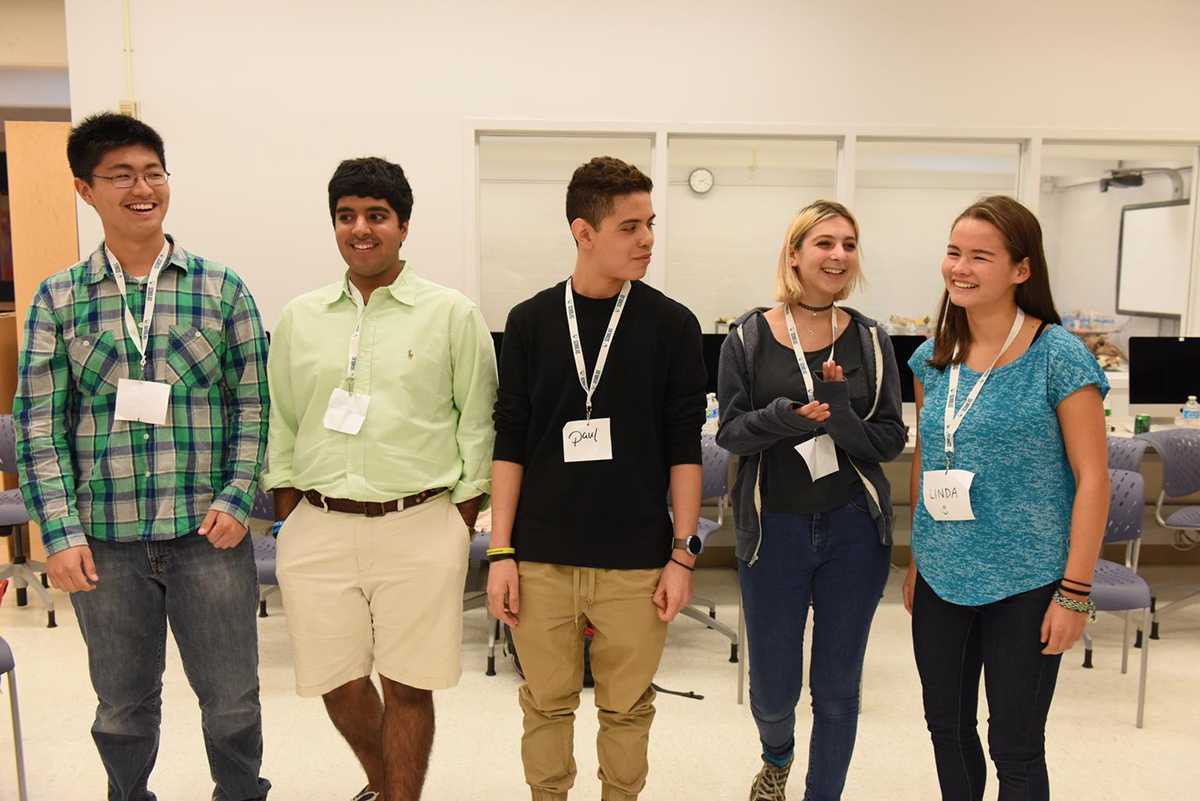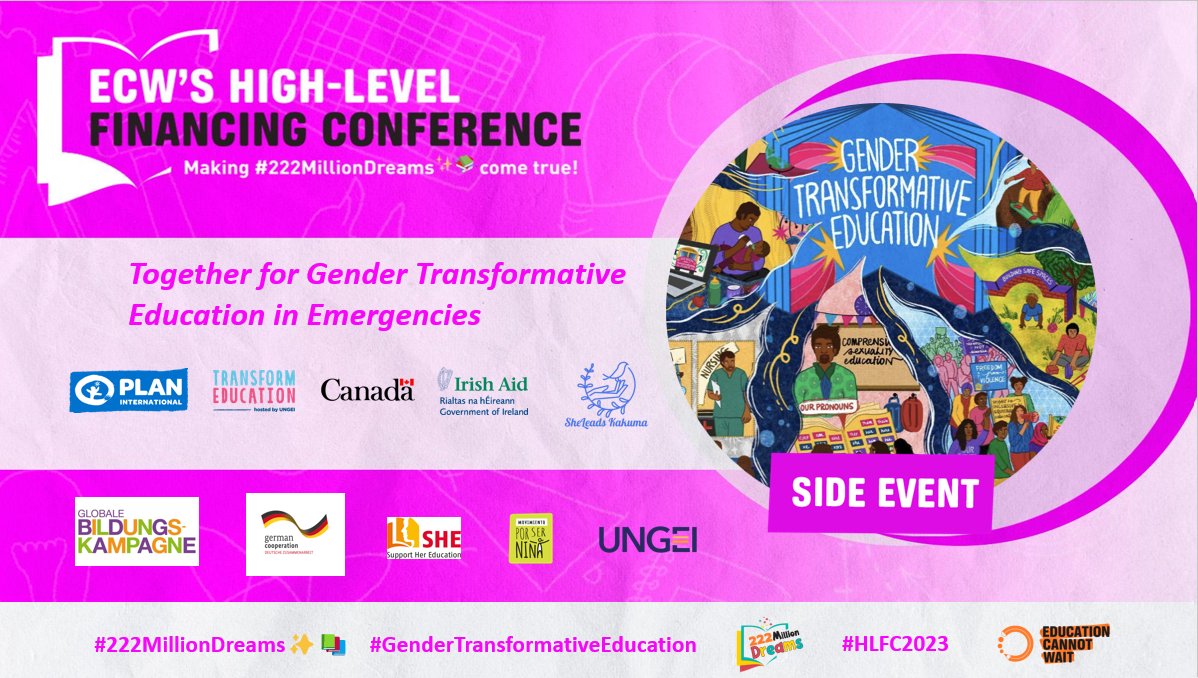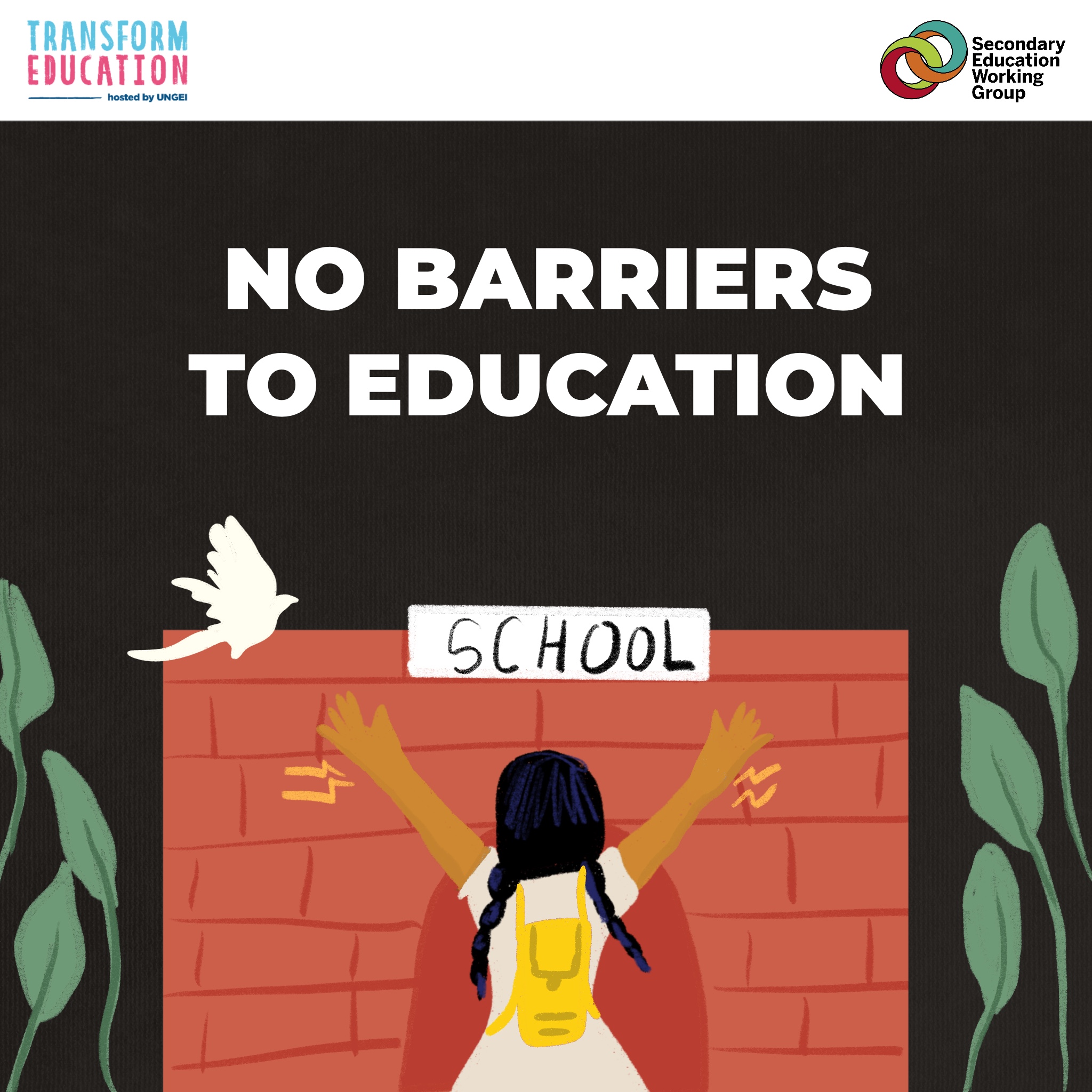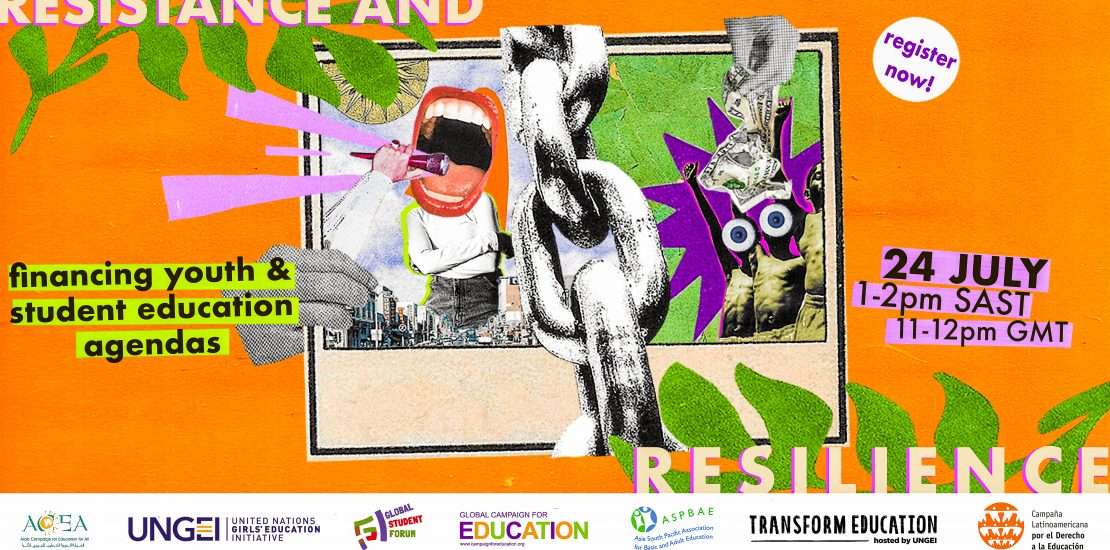School-related gender-based violence (SRGBV) is rooted in gender norms and unequal power relations. Only when we recognize the gender dimension of violence can we address the underlying causes.
Gender norms set ideas about how girls and boys should act. The World Health Organization (WHO) defines gender roles as "socially constructed roles, behaviours, activities and attributes that a given society considers appropriate for men and women.” For example: that girls (and not boys) should complete household chores before and after school.
Gender norms make young people and children vulnerable to violence and push people to perpetrate certain forms of violence. For example, common misconceptions such as ‘boys will be boys’ try to justify boys harassing girls or having fights with each other, suggesting that they are not accountable for their actions.

School is one of the main sites in which children learn behaviours. To tackle gender-based violence, the school environment needs to be a safe and gender-sensitive space in which learners are free to develop emotionally and express themselves without pressure to conform to harmful norms. The school culture must actively promote non-violence, diversity and respect across the genders.
School curricula can play a critical role in shifting harmful gender norms, promoting gender equality and reducing rates of GBV and other forms of antisocial behaviour. Curricula can teach social and emotional learning skills that help students develop healthy relationships and positive gender attitudes that continue into adulthood. Violence prevention programmes, for example, can help empower learners to recognize violence and abuse, protect themselves from harm and take action to avoid harm to others.


